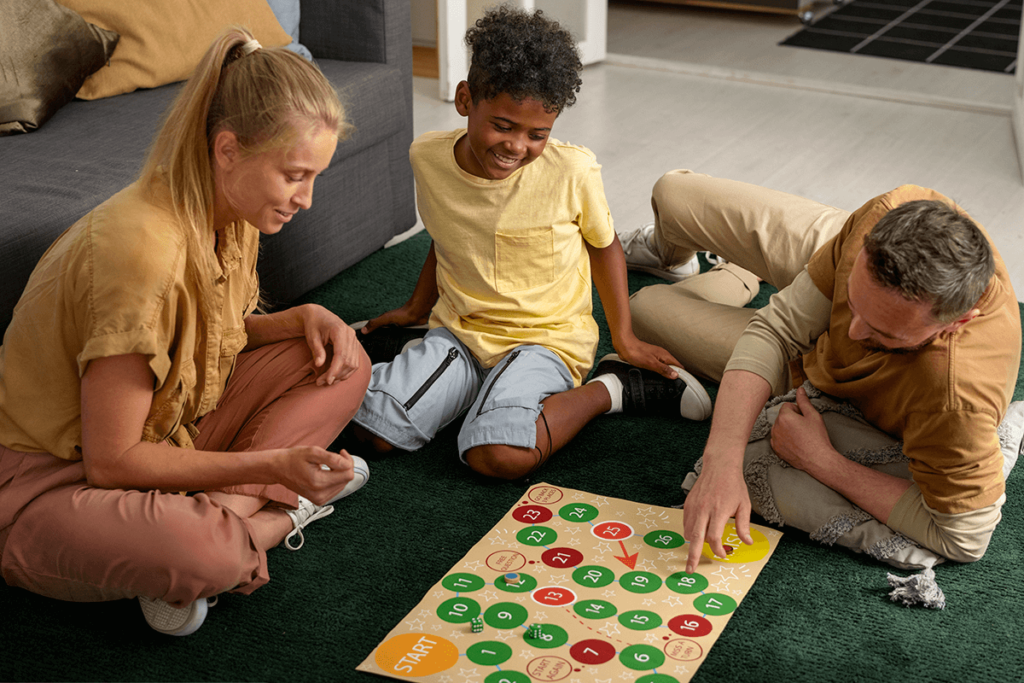0 Comments
by Team REF
May 15, 2023

English as a second language, or ESL, has helped many people of all ages become more fluent in English. Sometimes it can be hard to make the classroom interactive and engaging for ESL students. However, there are ways to make the learning process more amusing and interesting for the learner and English language instructor. Continue reading to learn how to help your learner become more engaged in lessons.

Encourage Outside Learning Experiences
Receiving instruction in the same environment every day can make the learning experience repetitive and hard to stay engaged. One way to encourage outside learning is to go on short walks once a week. As an instructor, you can point to different objects or places and ask your students to tell you their names in English. You can try different variations of this activity based on your students’ English learning levels. At Rapid English Fluency, one lesson plan that may make this activity easier or more fun is “English Idioms and Phrases about Colors.” You can find it by clicking on the “Shop” tab on our website. You can also find many more lesson plans on our website to help engage with students.

Games
Hot Potato is an ESL learning game that is suitable for every age. You will need a flashcard, a timer, and a “potato” or object to pass around. To play, you gather your students in a circle and pass around the “potato” and set a timer for 5-15 seconds. Once the timer goes off, whoever it lands on is shown the flashcard and must identify the word correctly or they are out! You can also try different variations of this game to make it easier or harder.
Describe it is an ESL vocabulary game that can be played in the classroom or though virtual learning/teaching. This game can be played with students who have an intermediate to advanced English level. To play this game, you give your student a word without telling the other students what the word is. The student with the word must describe the word in English without actually saying it. Then, whichever classmate guesses the correct word goes next.
For this game, the instructor will choose a category such as food, colors, or names. The students will then take turns saying a word in that category in alphabetical order. If the student can’t think of a word in English for that category, they’re out! This game can be played with several students or just one.
Word Matching is a game that can help students decipher similar sounding words like their, they’re, and there. To play this game, you first put the array of similar sounding words on a small piece of paper and fold them up and put them into a hat. The students pass around the hat and each take one piece of paper from the hat. Then each student must use each word from their paper correctly by formulating a different sentence for each term.

Activities
For this activity, the instructor chooses a word or phrase each week. The students must write a different sentence every day using that same word. This is an activity that can be done on the students’ own time, especially if they are only able to meet for a minimal amount of time throughout the week. This can help students use the word in several different scenarios. At Speak Write Play, we love this exercise and use it frequently with our clients. Check out our social media to see more!
Small Tips
In addition to adding fun games and activities to a curriculum, there are some small things you can do to make learning fun. This includes recommending students to use Post-It notes around their homes to get used to thinking of words in English when they see certain objects. Another small tip is encouraging students to keep notes of questions they have each week. Another basic, but helpful tip, is using flashcards with pictures to help with learning vocabulary words.
Takeaway
If your student is not engaged, they may not be learning to their best ability. Exploring different learning techniques and activities are just some ways to make your classroom more interactive. Learning does not have to be boring or repetitive. You can make learning fun in several different ways. Making a subtle change and adding the recommendations above to your classroom instruction can greatly increase student success.
Don't miss any posts!
Sign up for our Newsletter and receive special offers, English teaching tips, activities for individual and group study, and much more!
